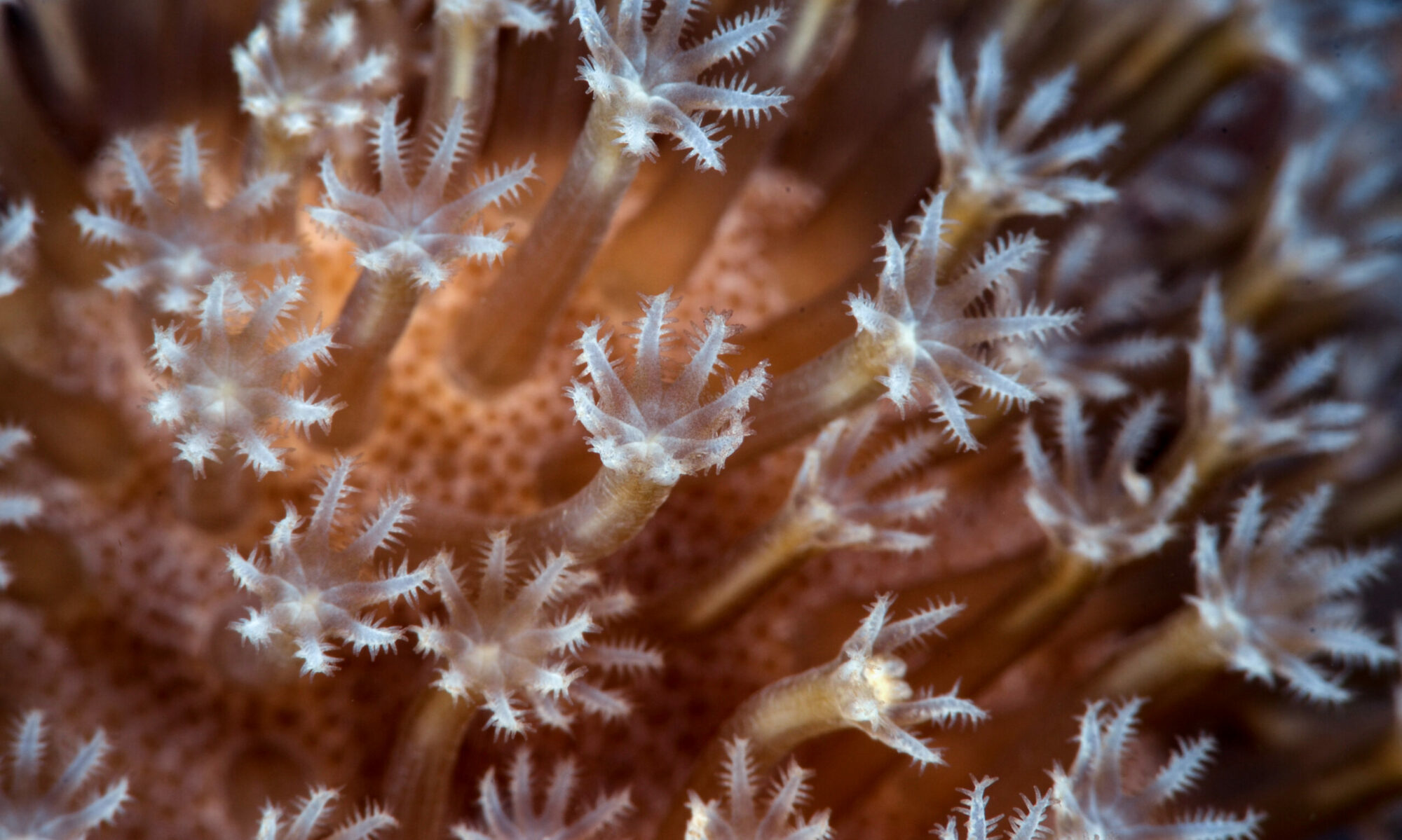History
The University of Guam (UOG) is strategically located in a U.S. jurisdiction in the tropical western Pacific. Guam harbors corals and coral-associated taxa, the diversity of which far exceeds those of the heavily studied Caribbean and Hawaiian Islands. These reefs are under threat from climate change, specifically ocean warming, that promotes coral bleaching, and land-based threats, including sedimentation and other stressors. Knowledge generated by understanding and tracking responses of reef-building organisms to climatic disturbances and other anthropogenic stressors enables predictions of both taxonomic composition and ecosystem services for reefs and associated systems. Changes to these systems will affect patterns of local and regional biodiversity, which impacts natural ecosystems and the services they provide to the people and economy of Guam.
Strategic Planning Process
Preparations for the development of the GECCO Strategic plan began with a meeting between members of the Management Team and the NSF-designated facilitator, John Riordan, to discuss logistics. This was followed by another a meeting with him with members of the Leadership, Management and Research Leads teams to begin an analysis of Strengths, Weaknesses, Opportunities, and Threats. Each section of the project was subsequently examined with a SWOT analysis and tables were prepared for use in the preparation of a Risk Management Plan to be included in the Strategic Plan document.
Members of the Leadership Team, in consultation with the Research Leads, prepared two drafts of the Strategic Plan prior to consideration of the revised plan during the Strategic Planning Meeting held virtually with representatives of NSF EPSCoR, John Riordan, and various team members on September 16th – 18th, 2020. Leadership and Management Team members completed the final draft of the Strategic Plan after this meeting was held.
Guam is the premier research and STEM education hub bolstering sustainability, economic development, and informed decision-making by engaging communities in 21st-century science and engineering activities.

